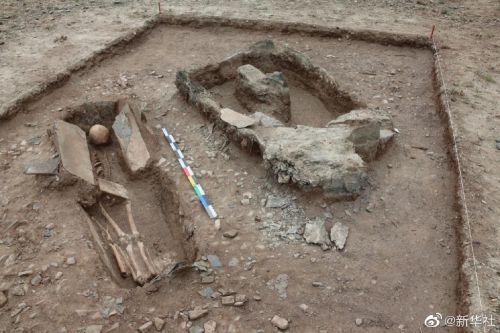New archaeological findings in Tibet indicate prehistoric human activities
Xinhua | Updated: 2022-01-14 15:10

China's National Cultural Heritage Administration Thursday released the latest archaeological findings in Southwest China's Tibet autonomous region, shedding light on prehistoric human activities in the region.
At a prehistoric site in Ngari prefecture, archaeologists discovered continuous stratigraphic accumulations and unearthed over 5,000 pieces of relics, including a large quantity of stoneware, a small number of animal bones, and burnt stones, as well as fire and ash pits.
Two types of stoneware-making technology discovered at the site indicated human activity during two historical periods.
Systematic excavation at the site has filled the vacuum of prehistoric archaeological culture dating back 8,000 to 10,000 years in the hinterland of the Qinghai-Tibet Plateau, the administration said.
In the city of Shigatse, a prehistoric settlement site dating back about 4,000 years, was discovered.
Traces of human activities, including tombs, fireplaces, and ash pits, were found, along with pieces of stoneware and pottery, bone artifacts, and ornamental beads.
The administration said the site is of great significance to prehistoric archaeological culture in Tibet and the research into human adaptation to the extreme environment of the plateau featuring high-altitude, freezing weather, and lack of oxygen.
























